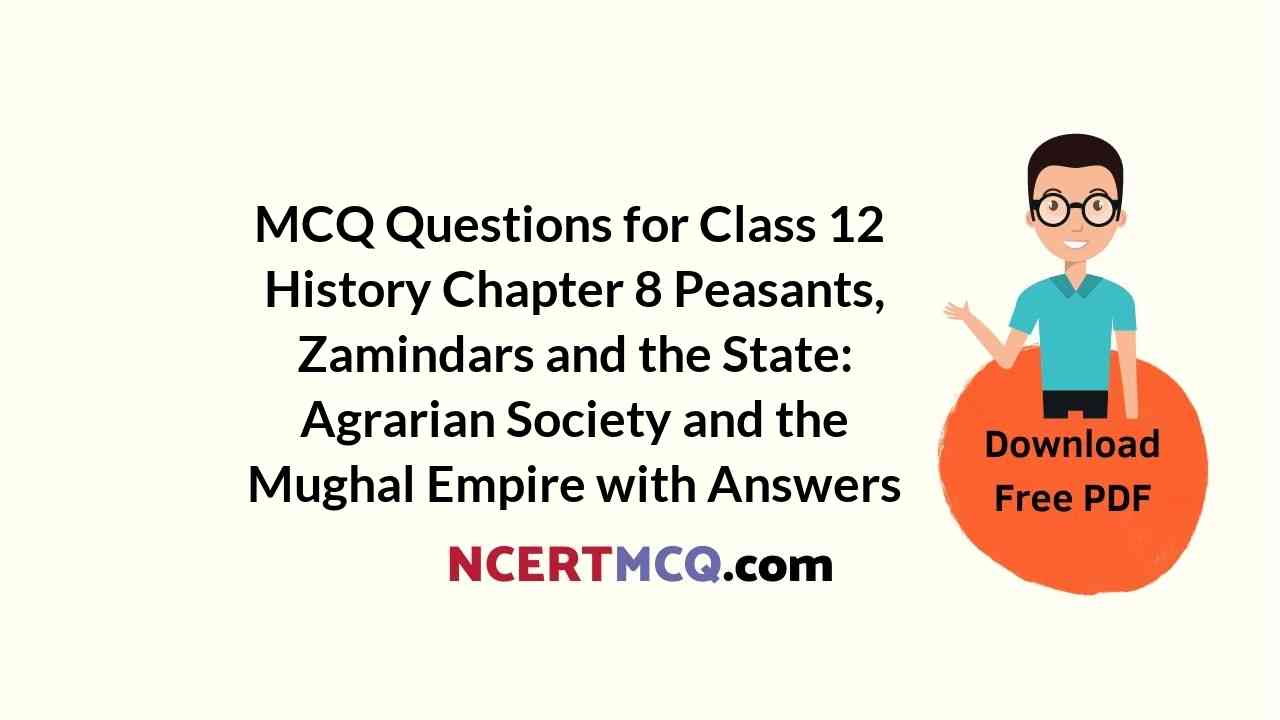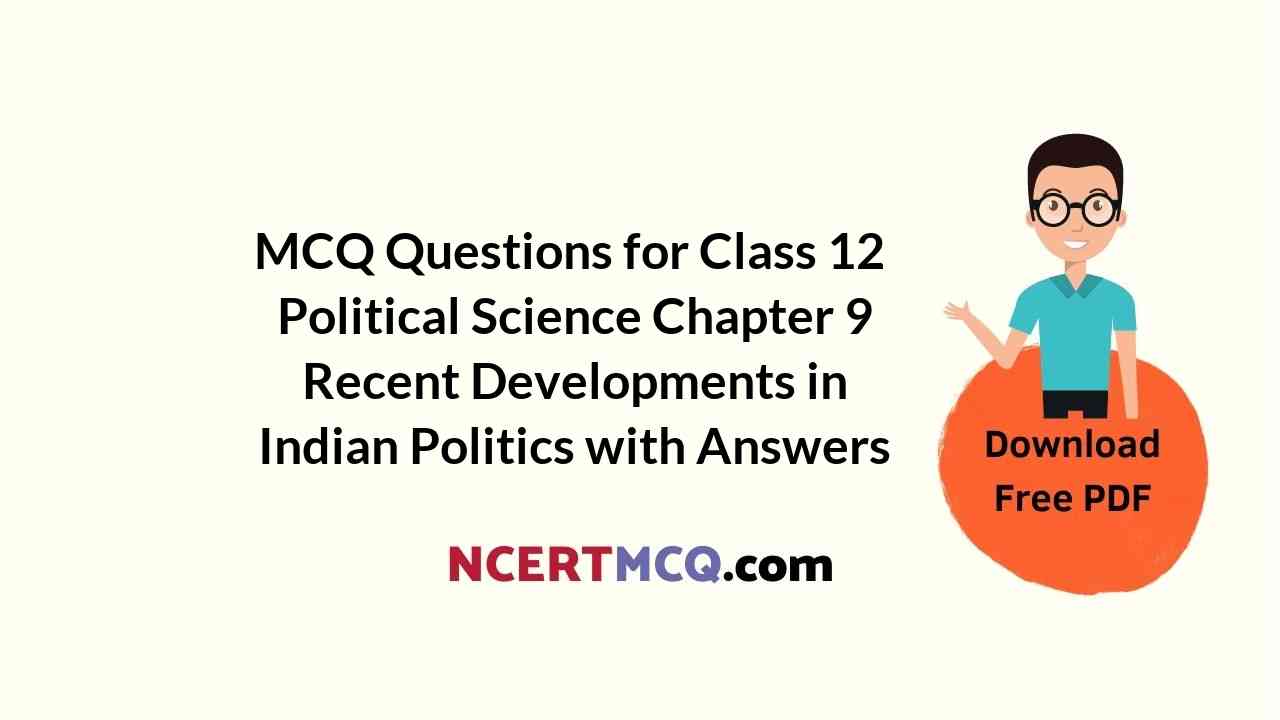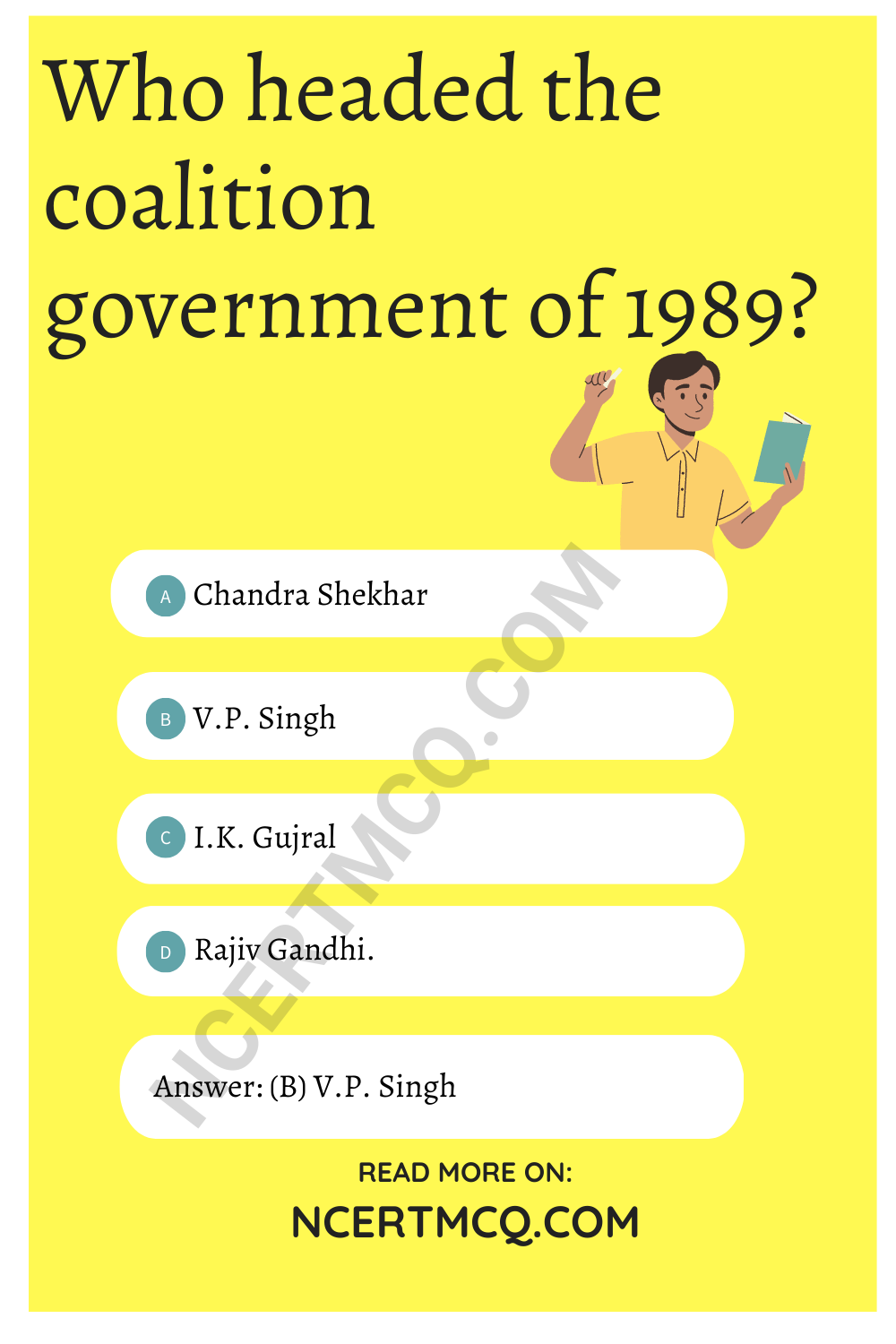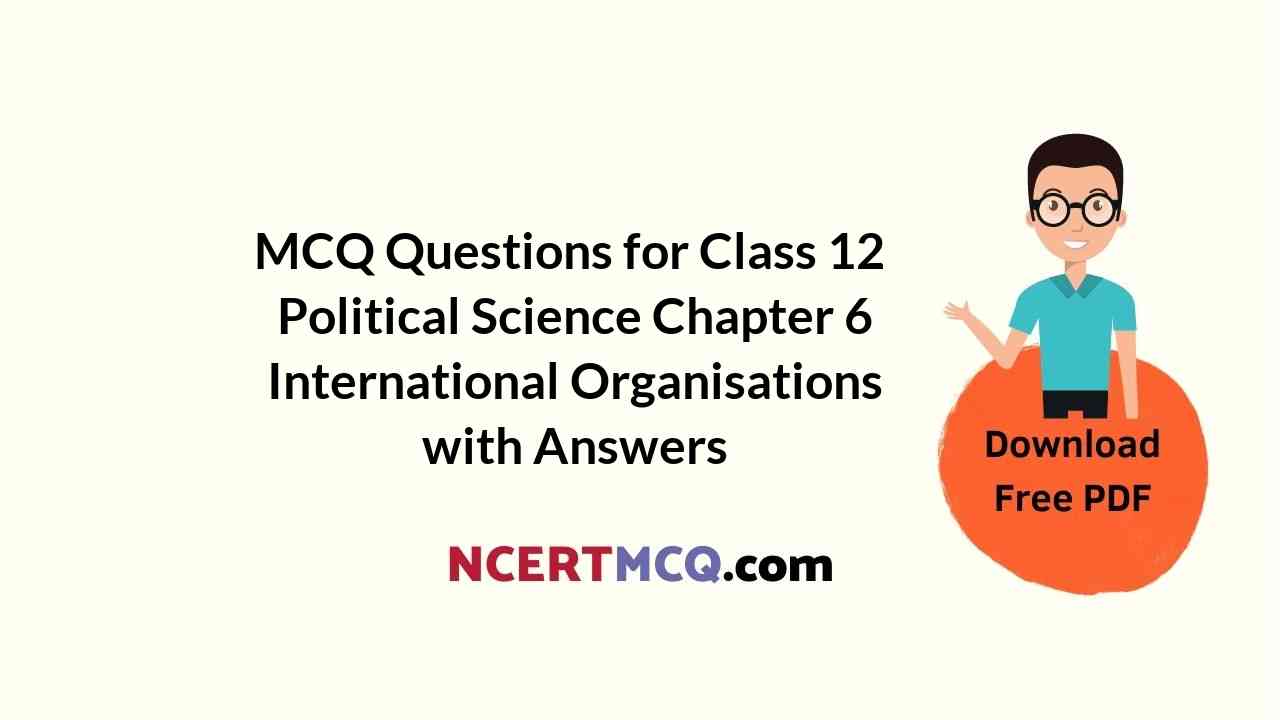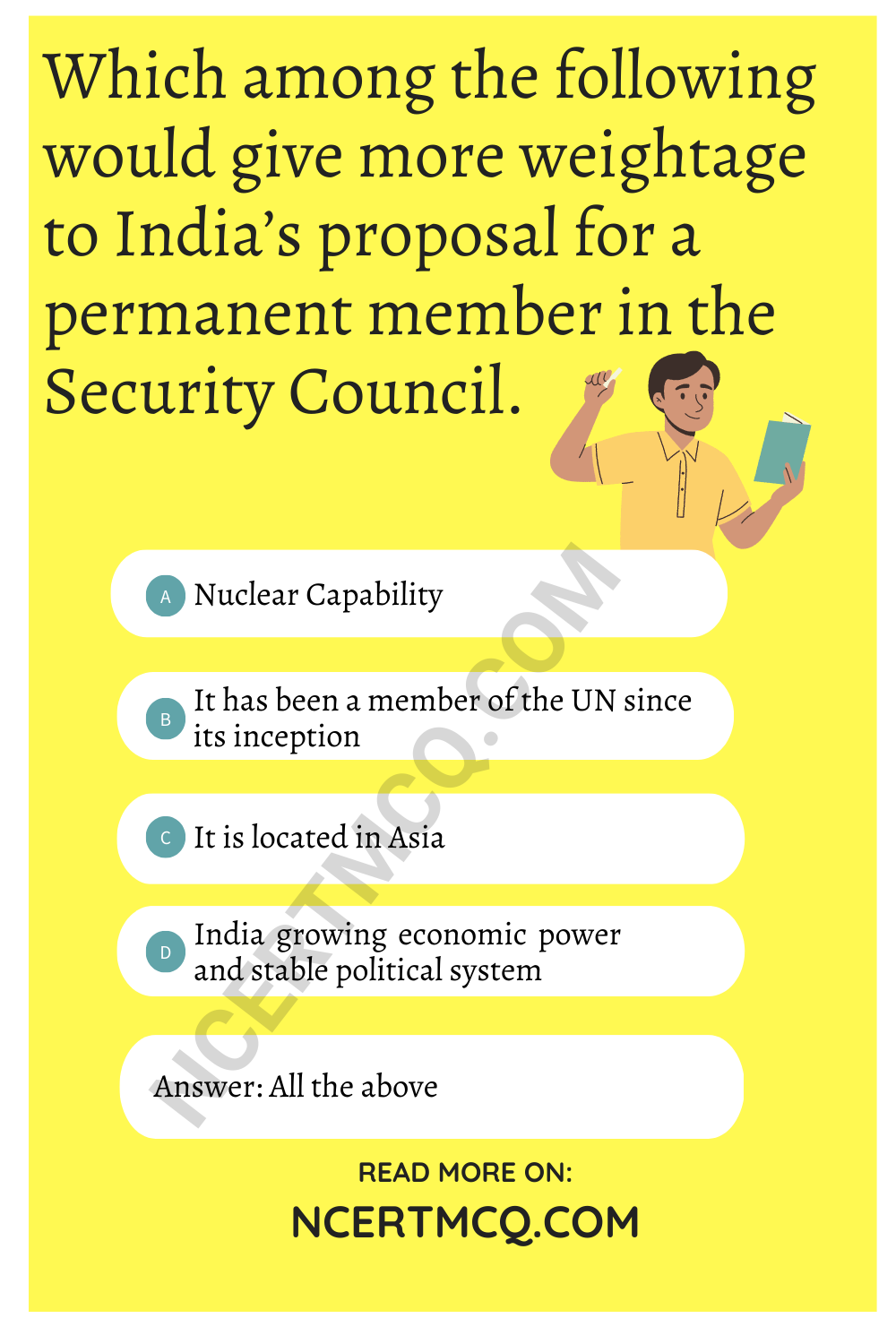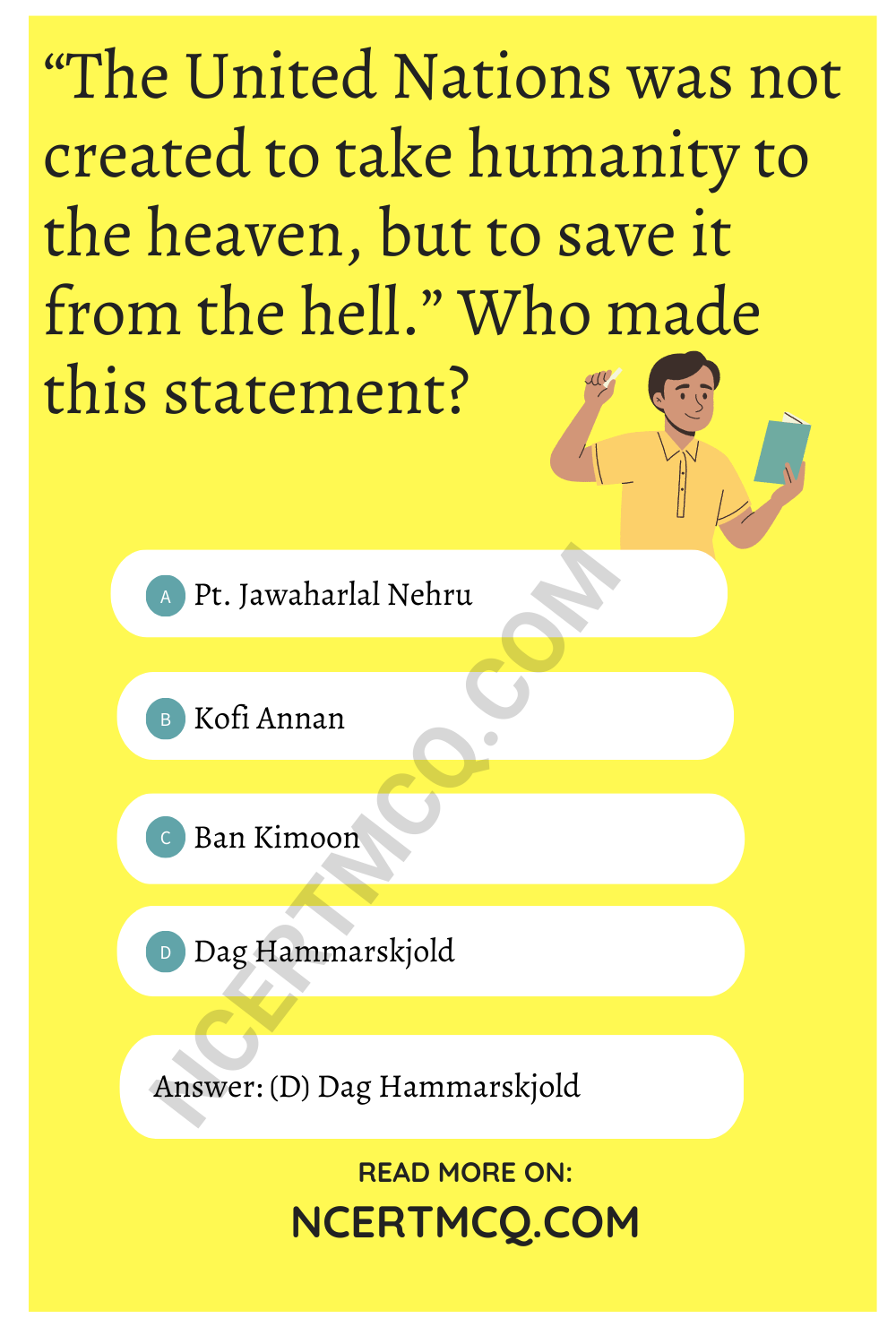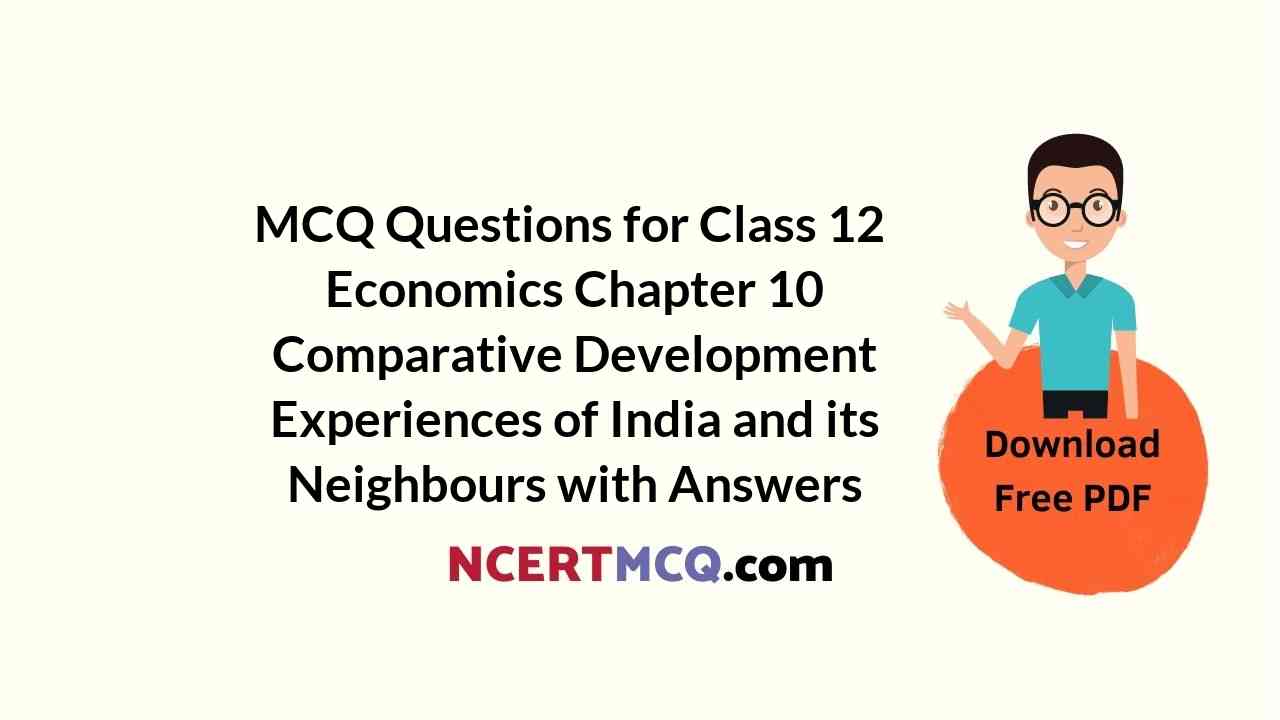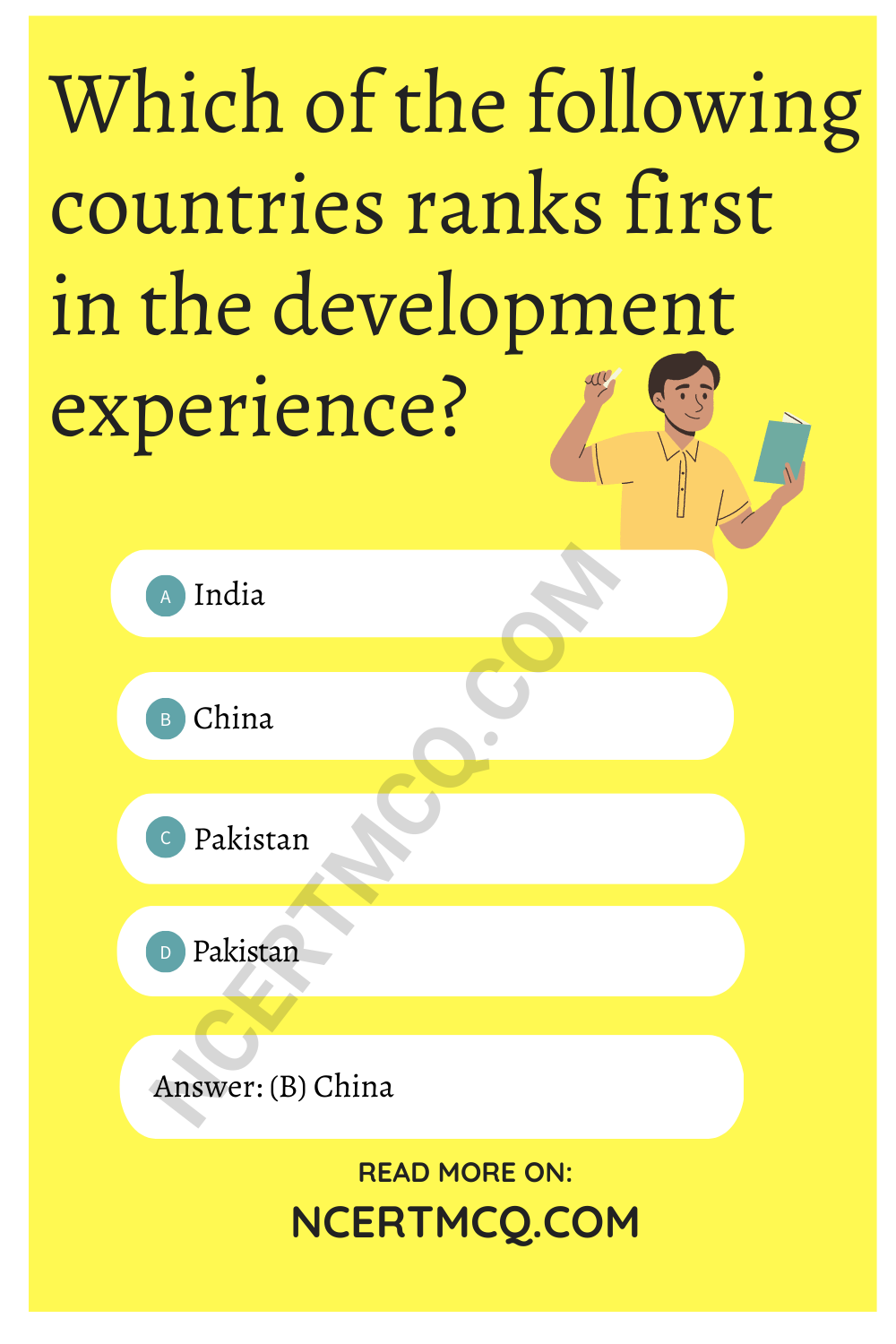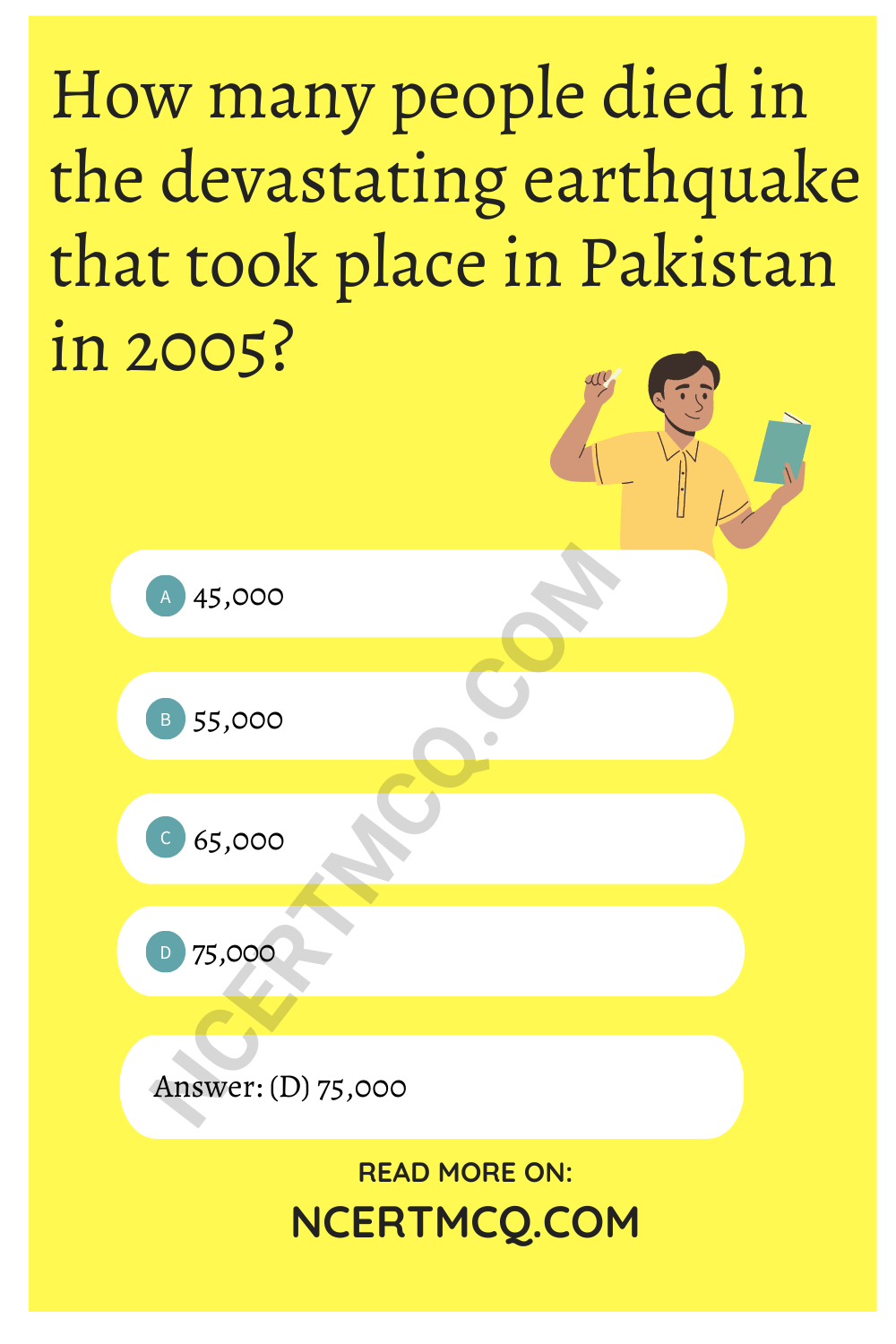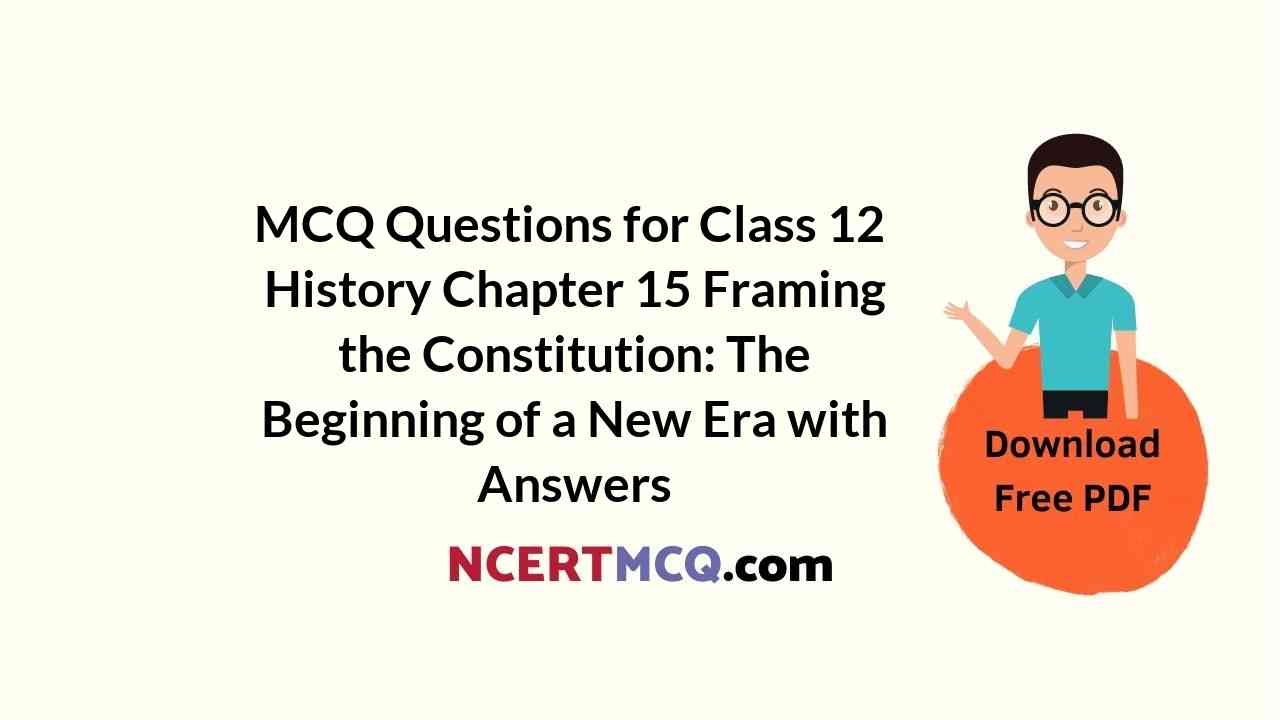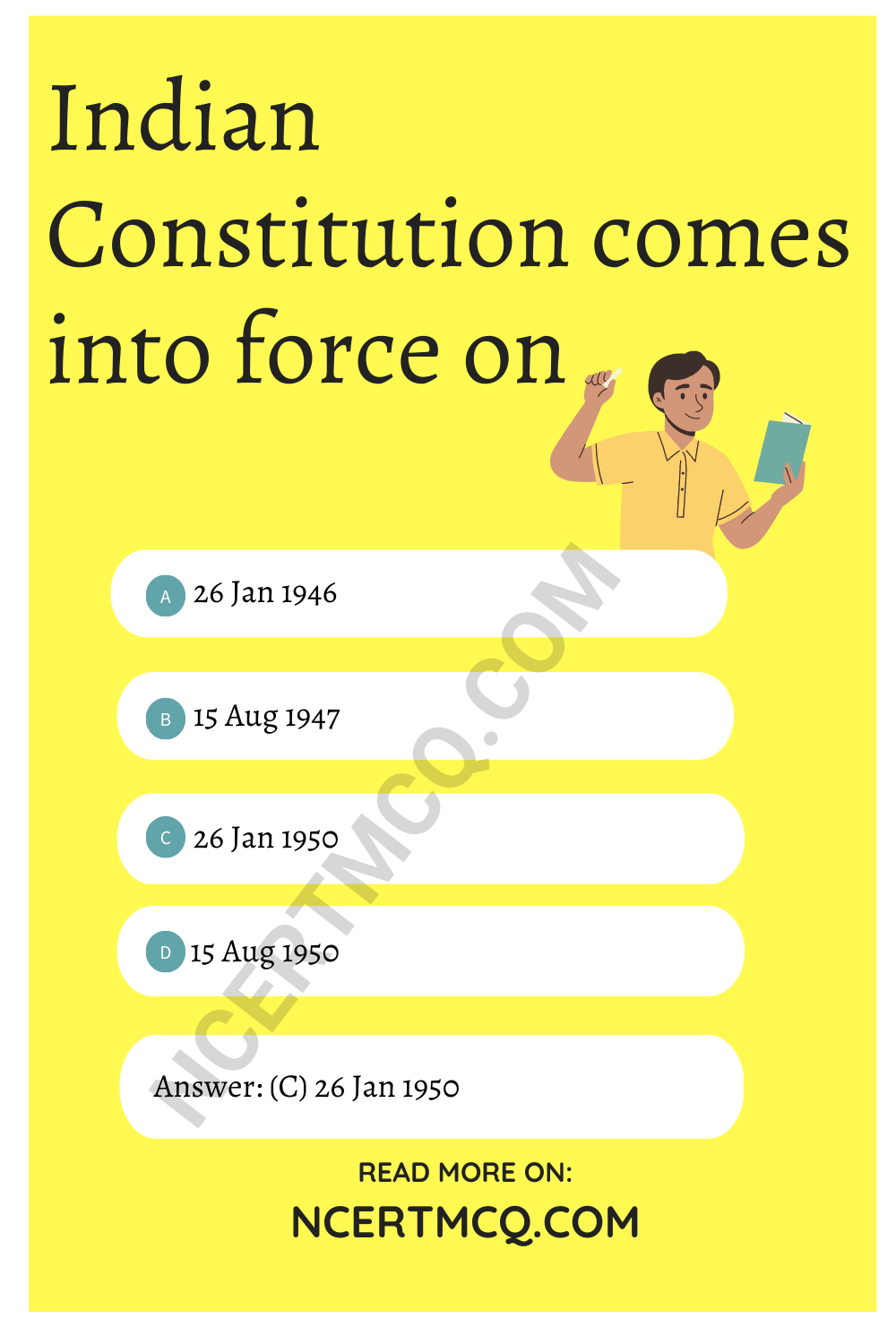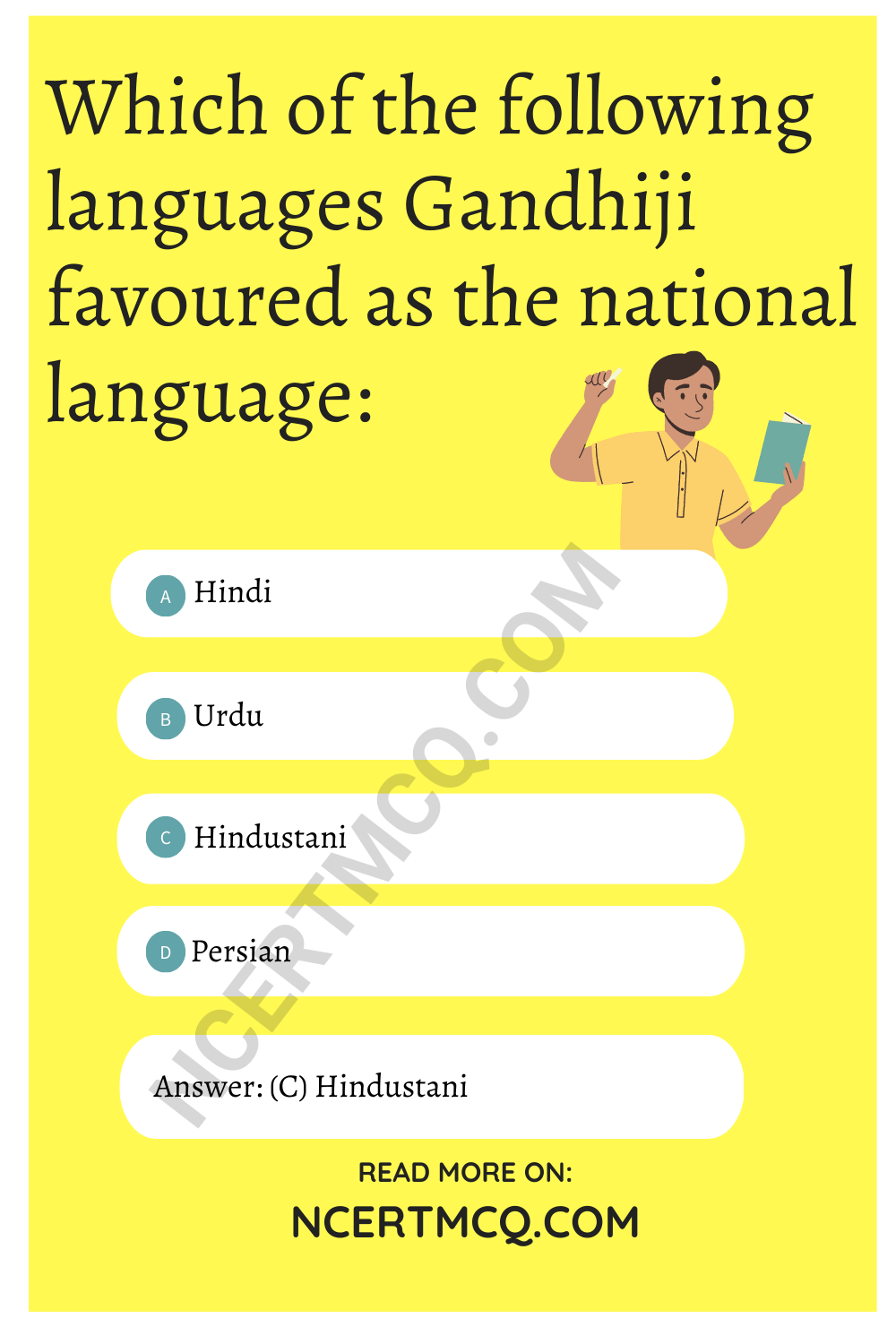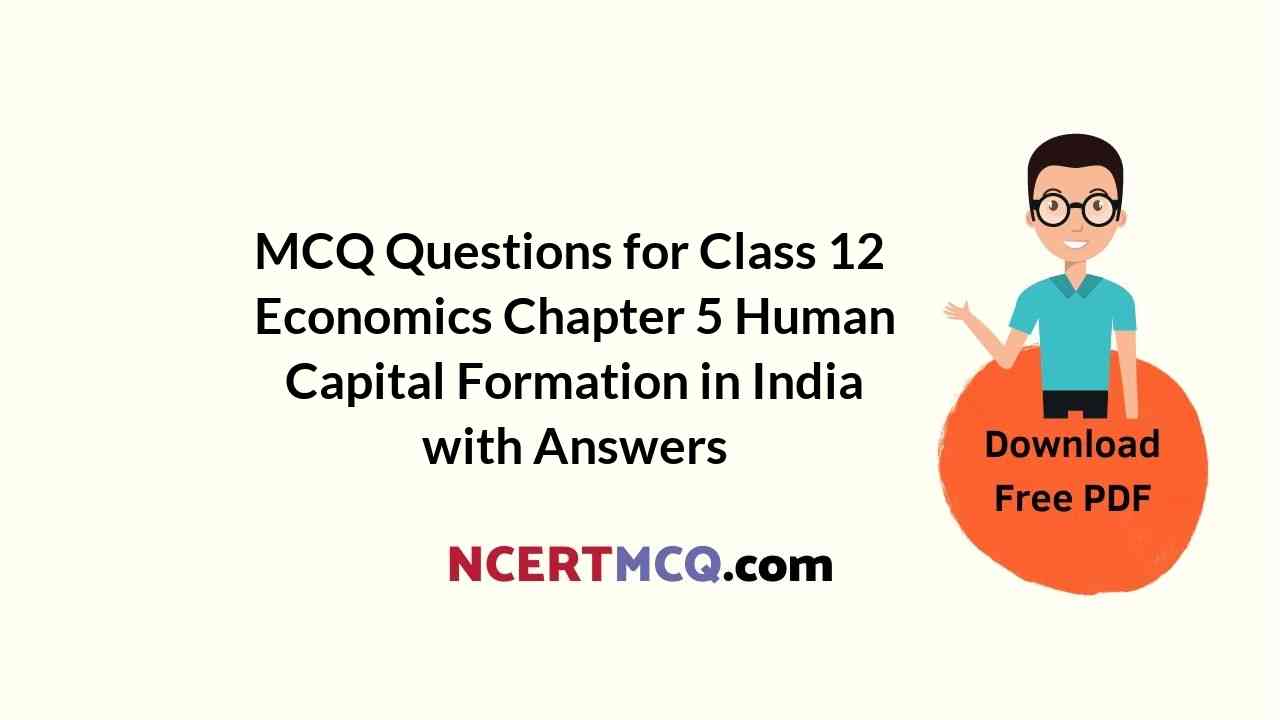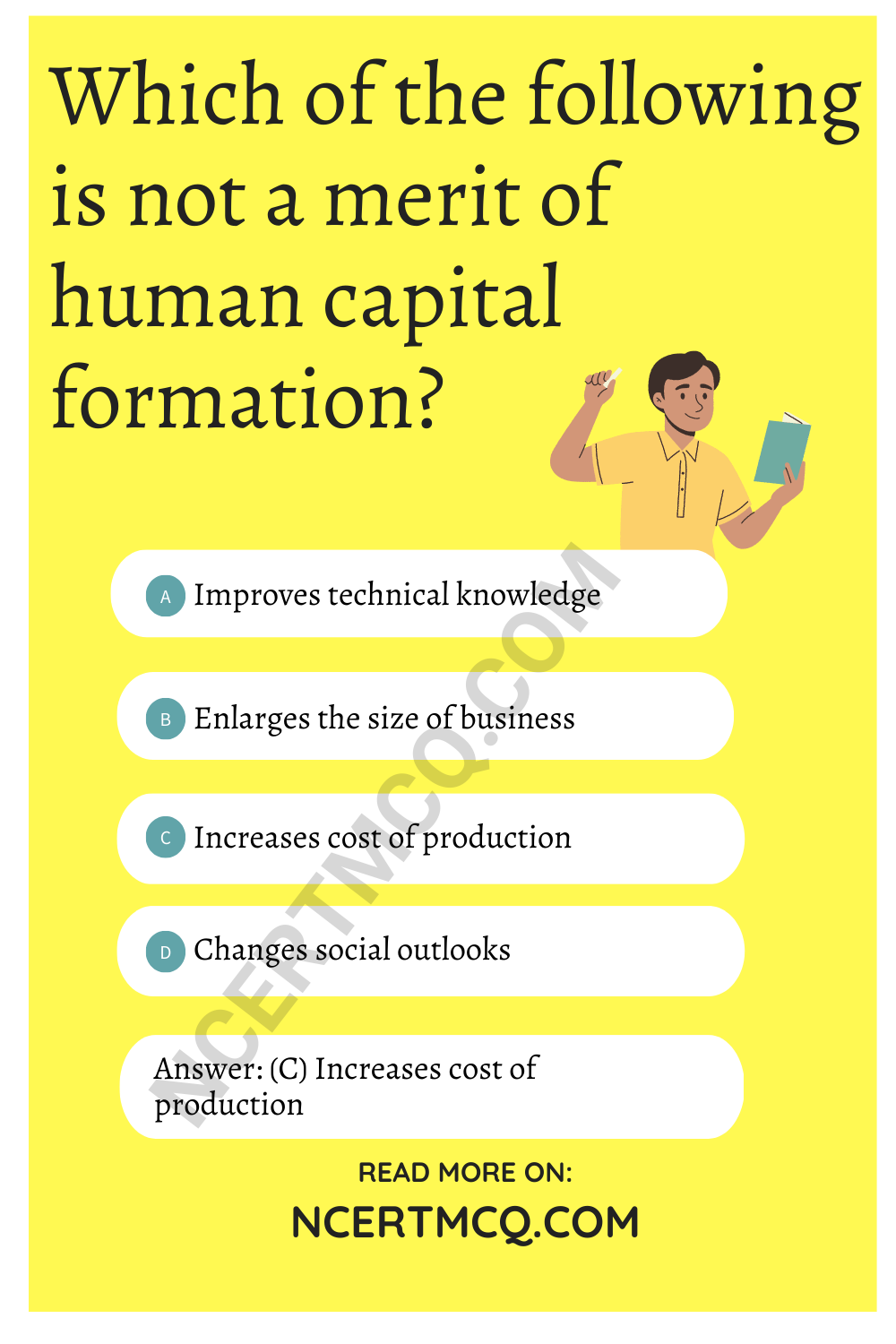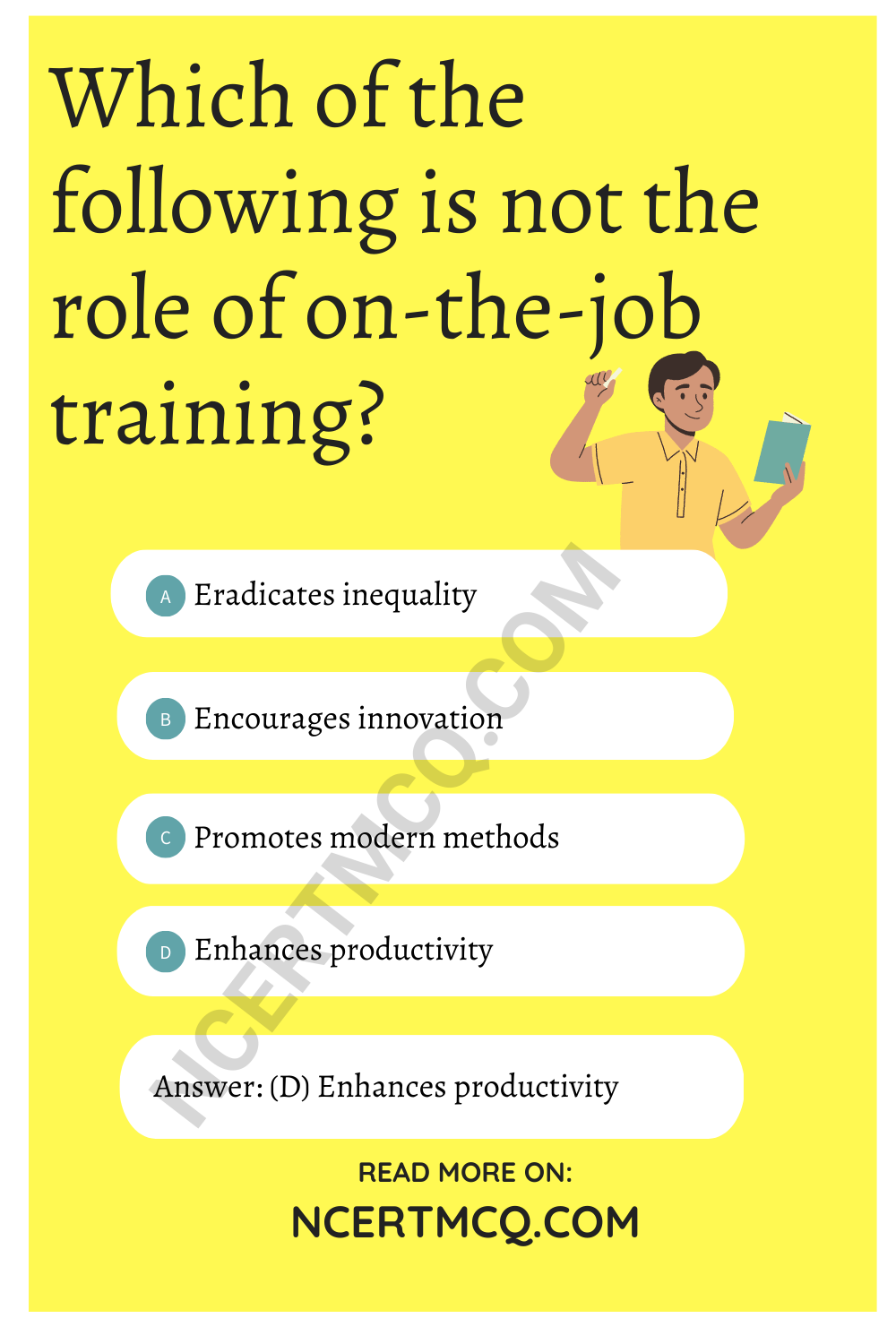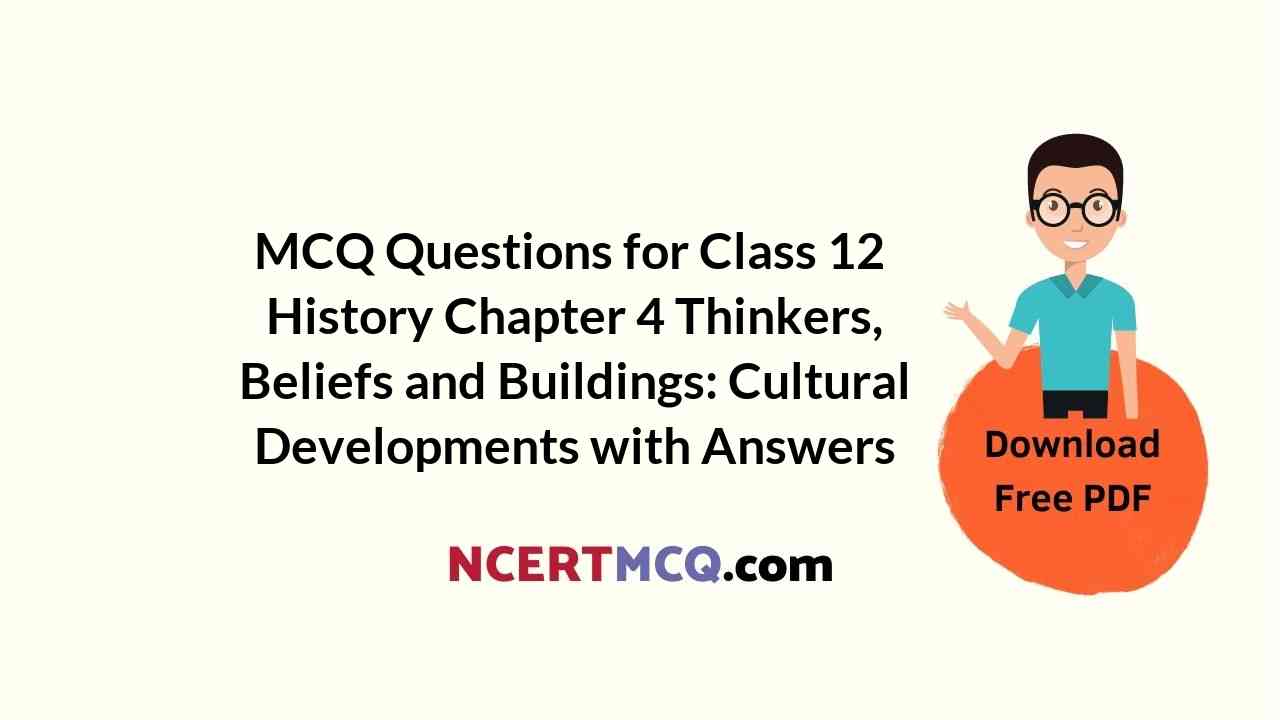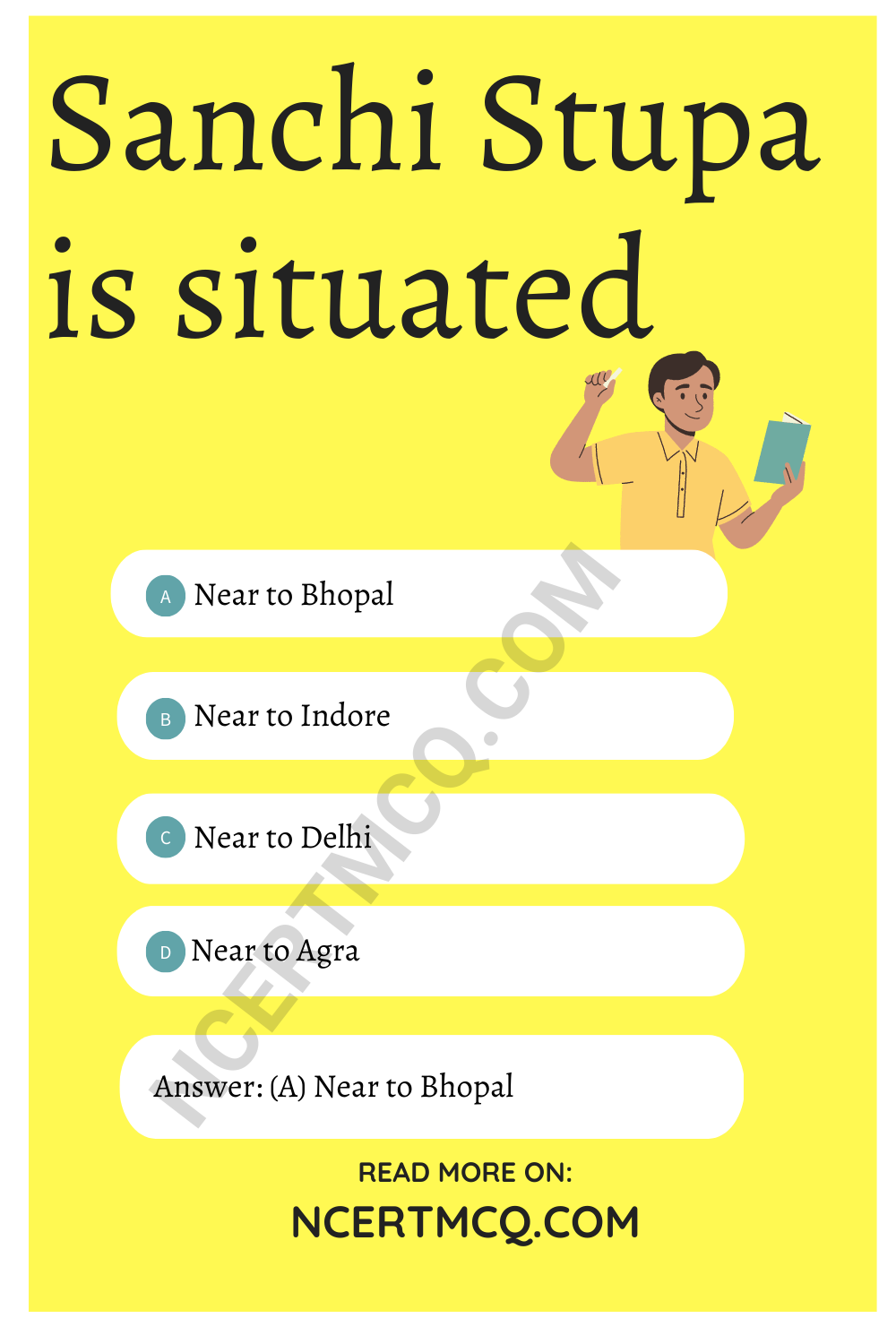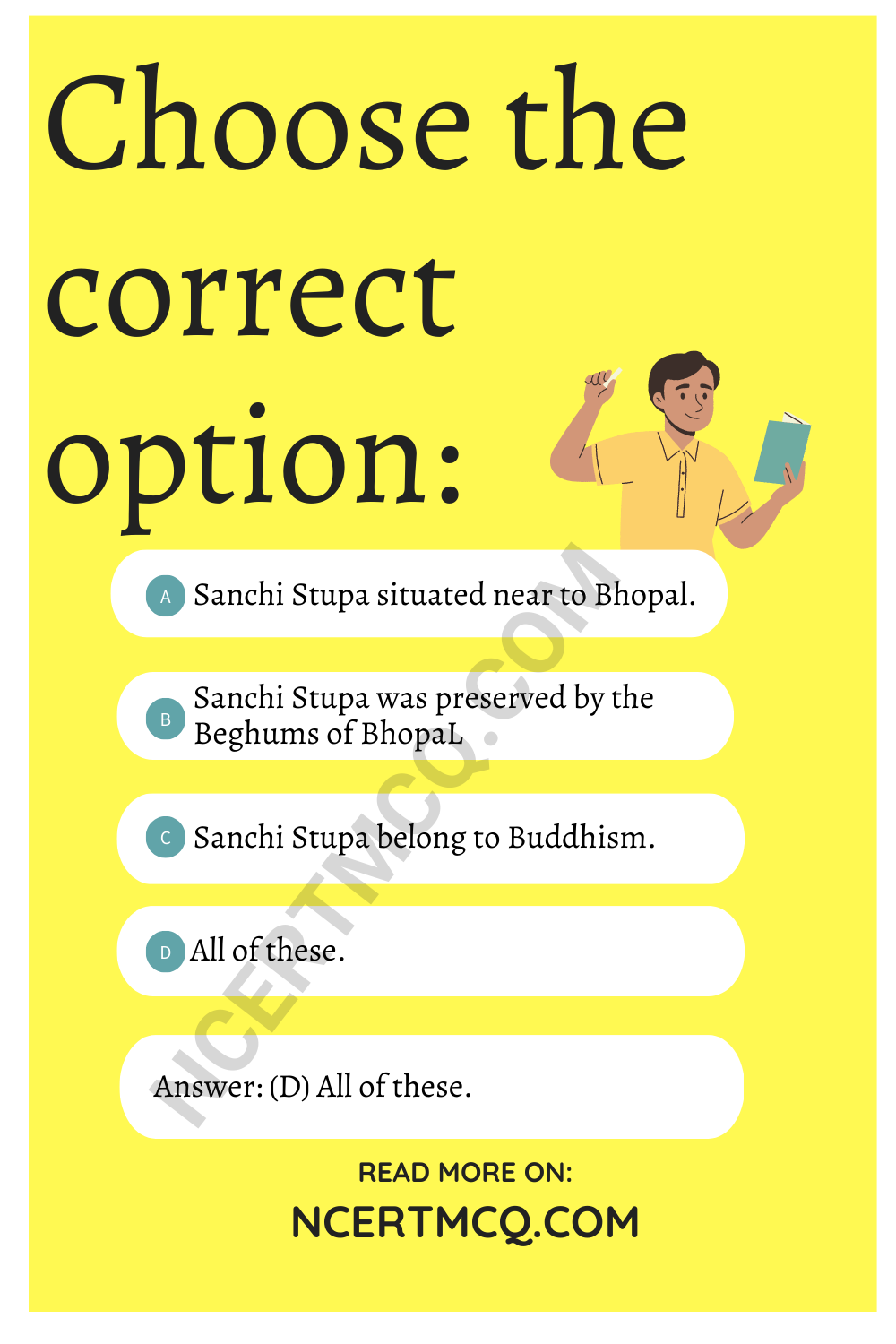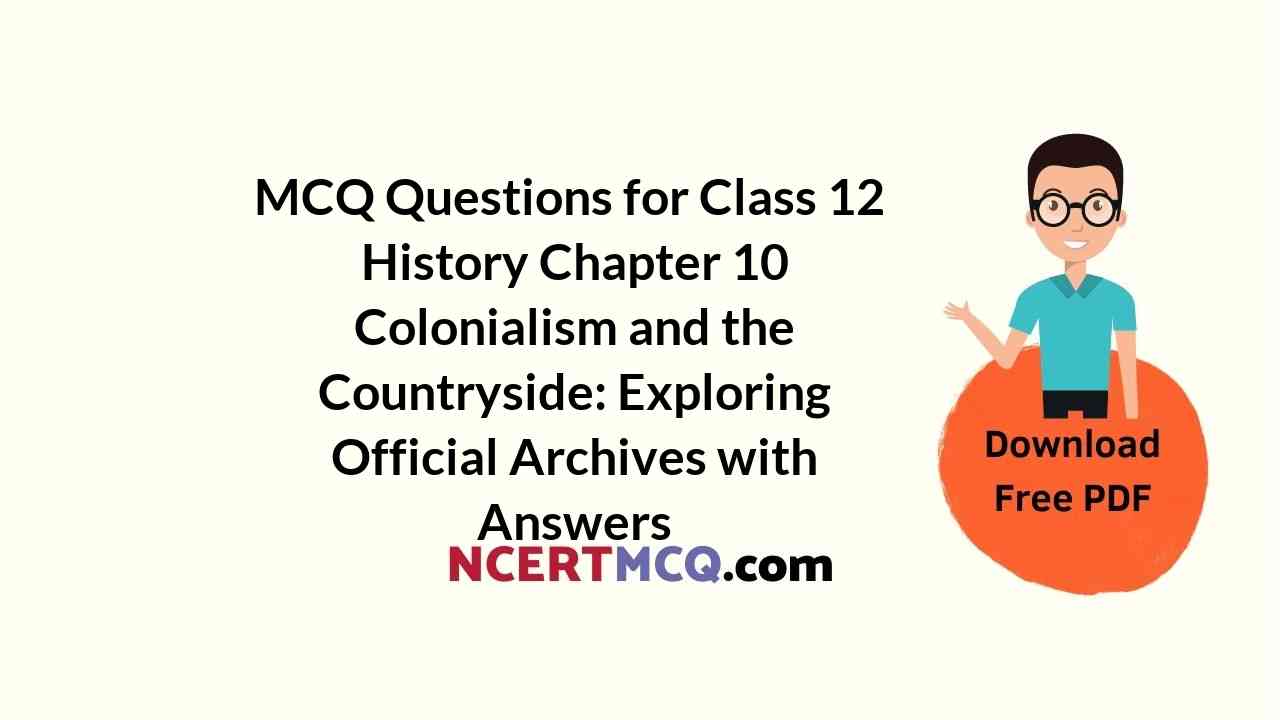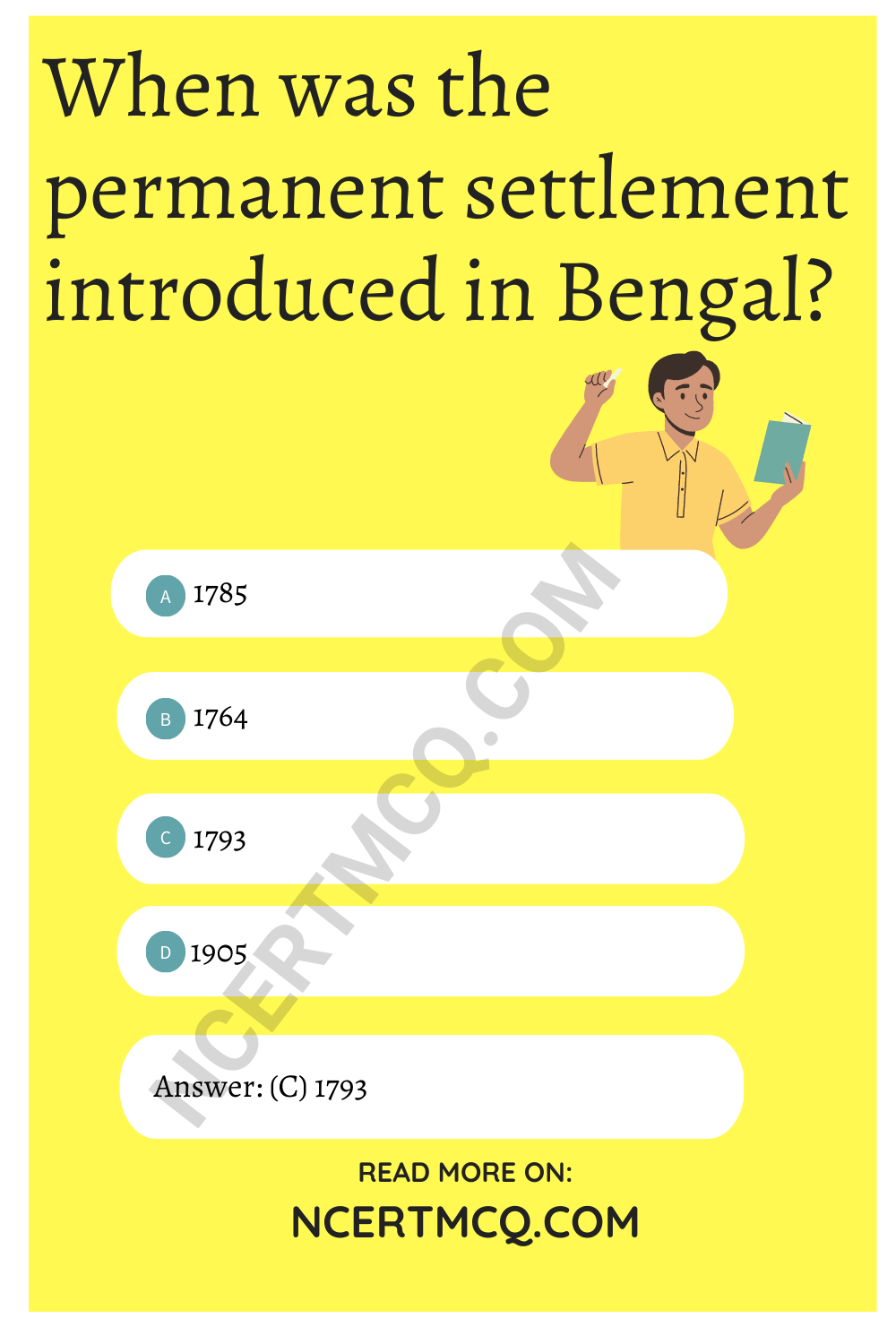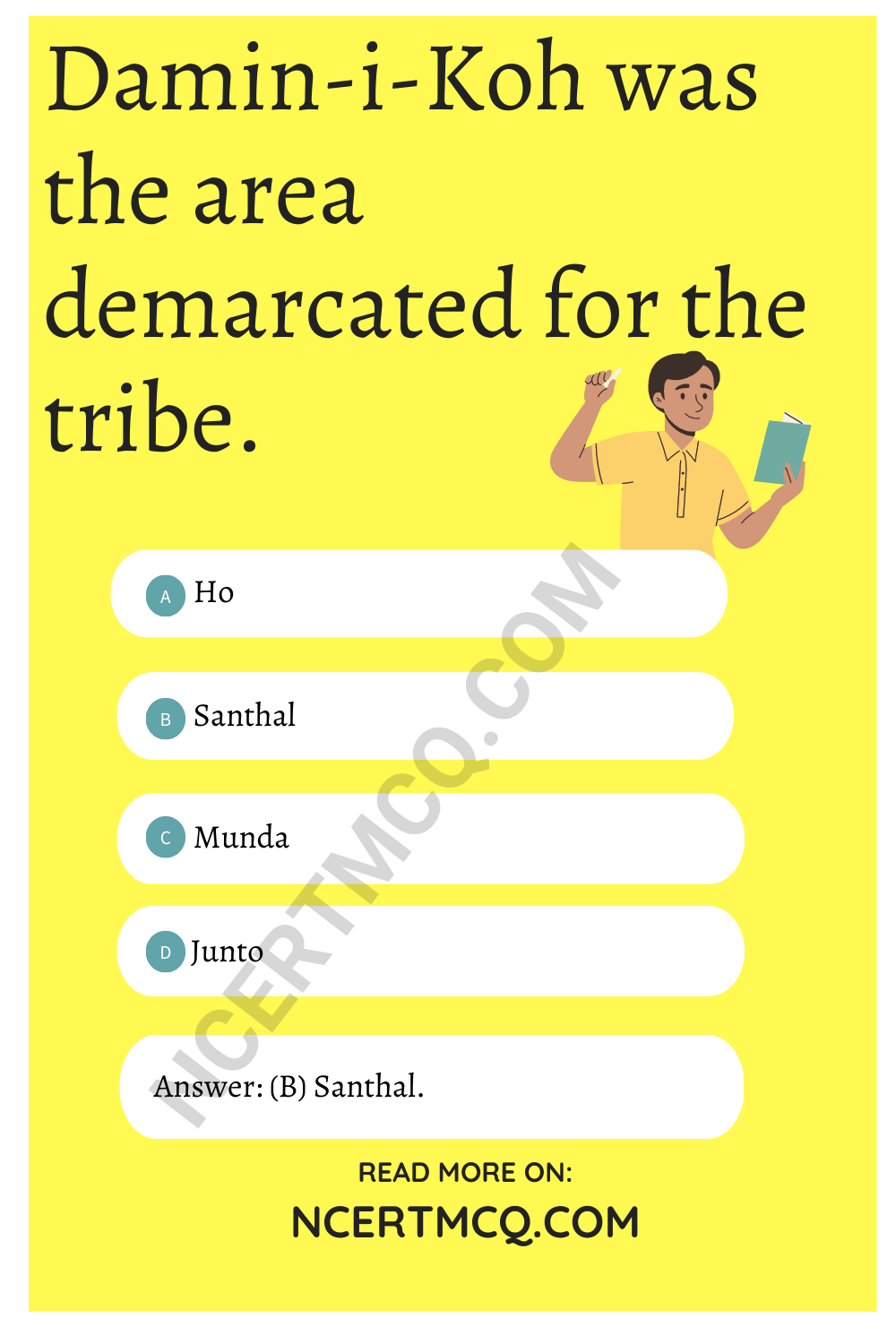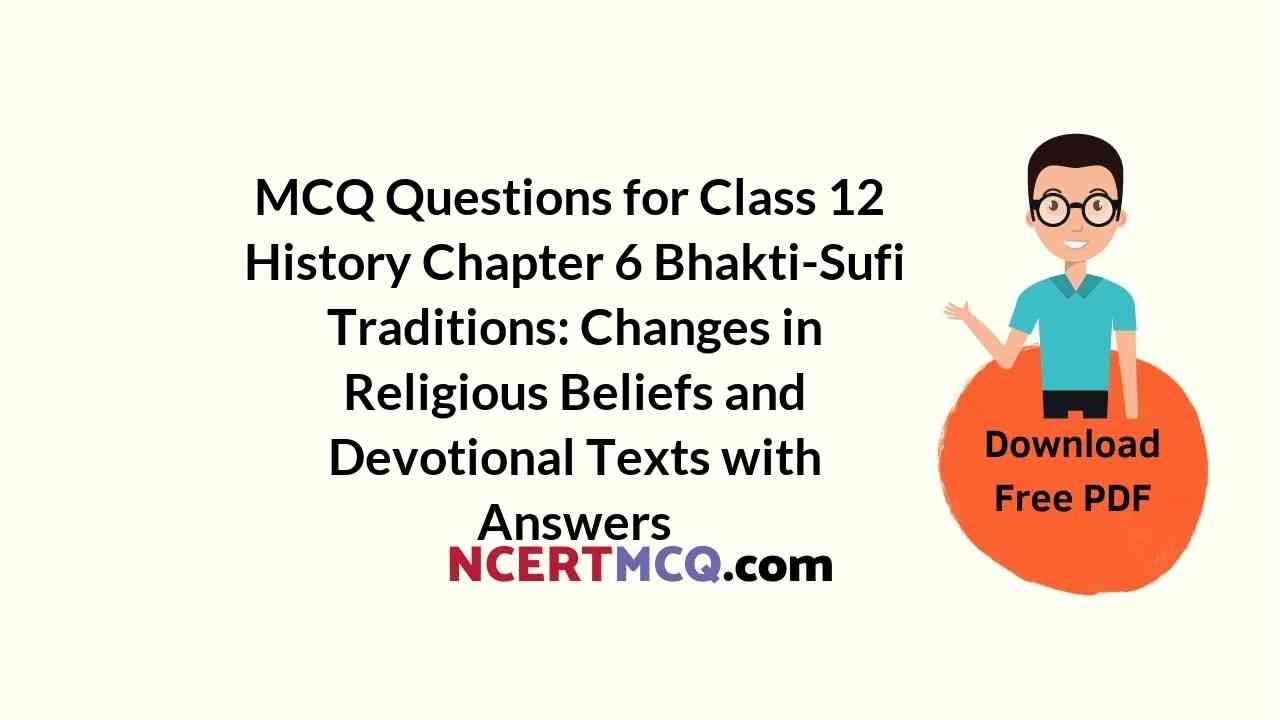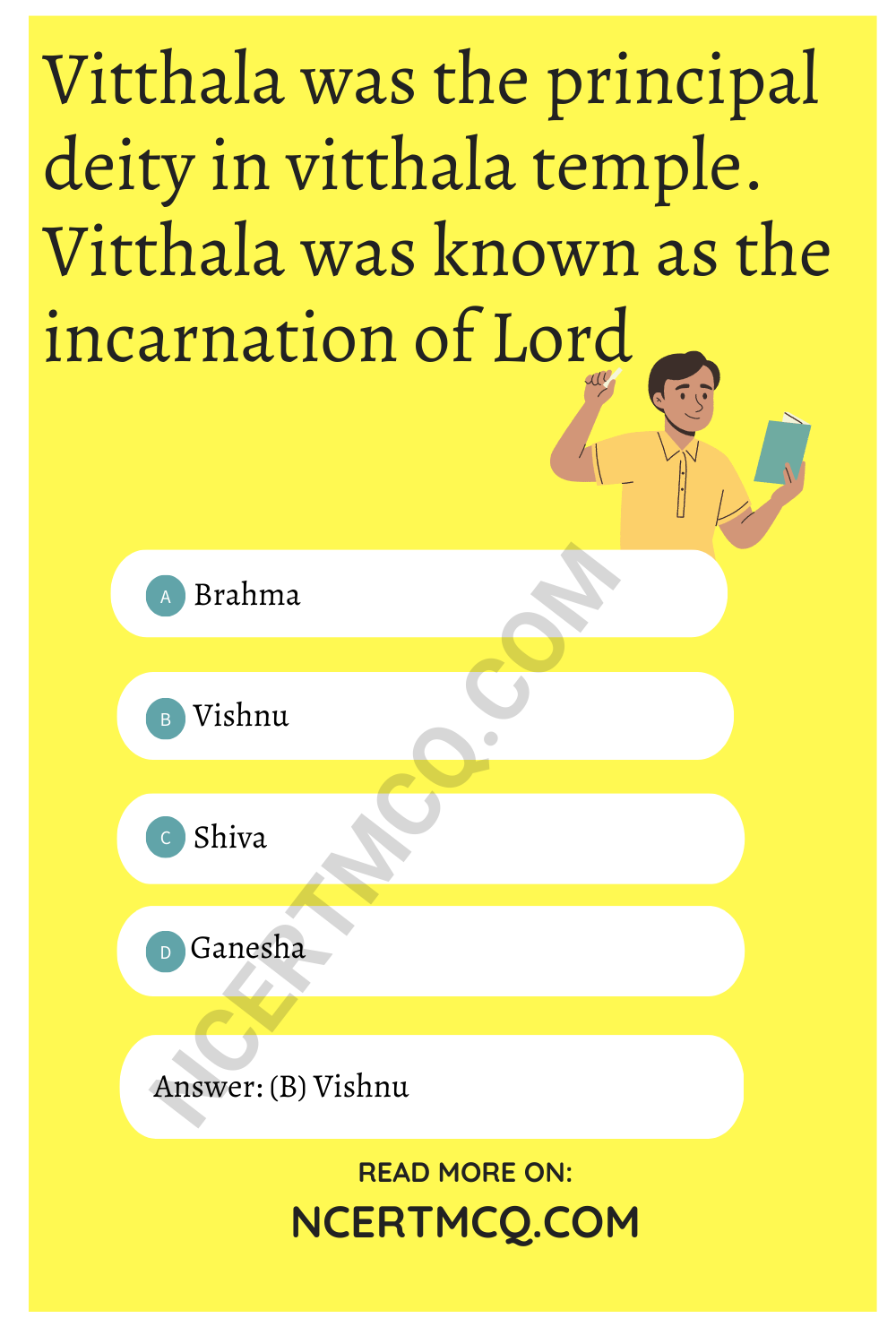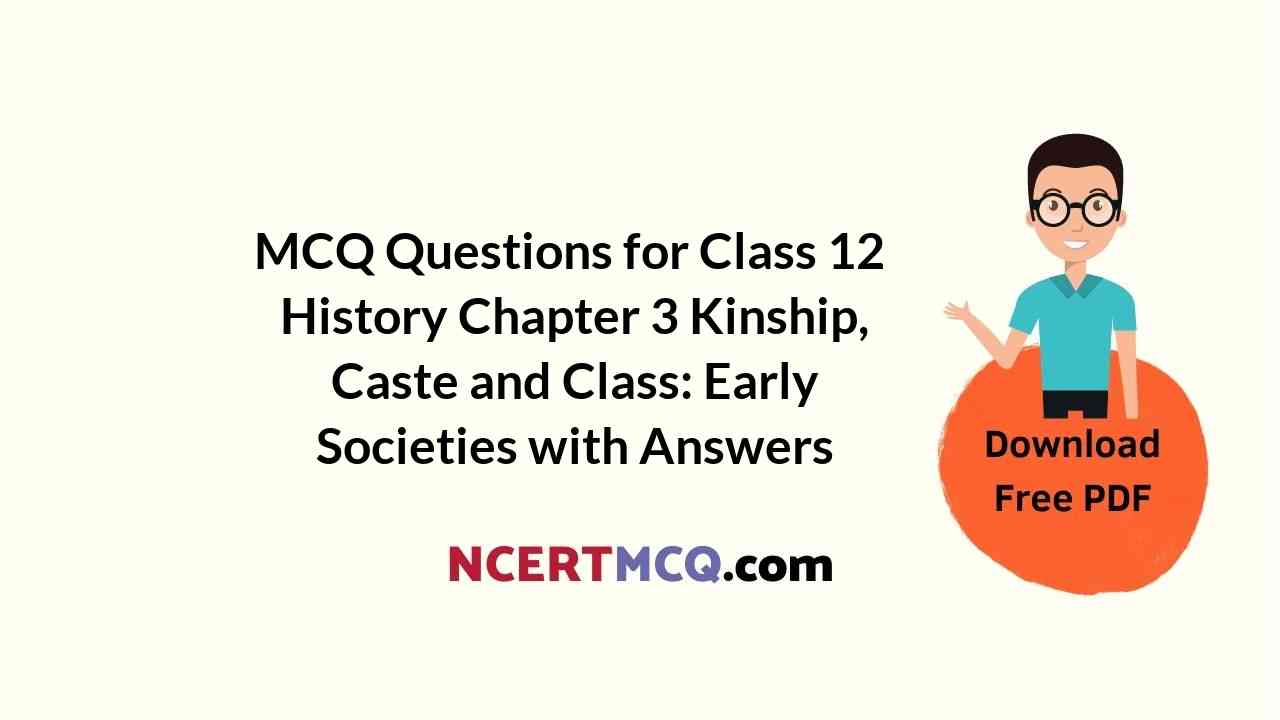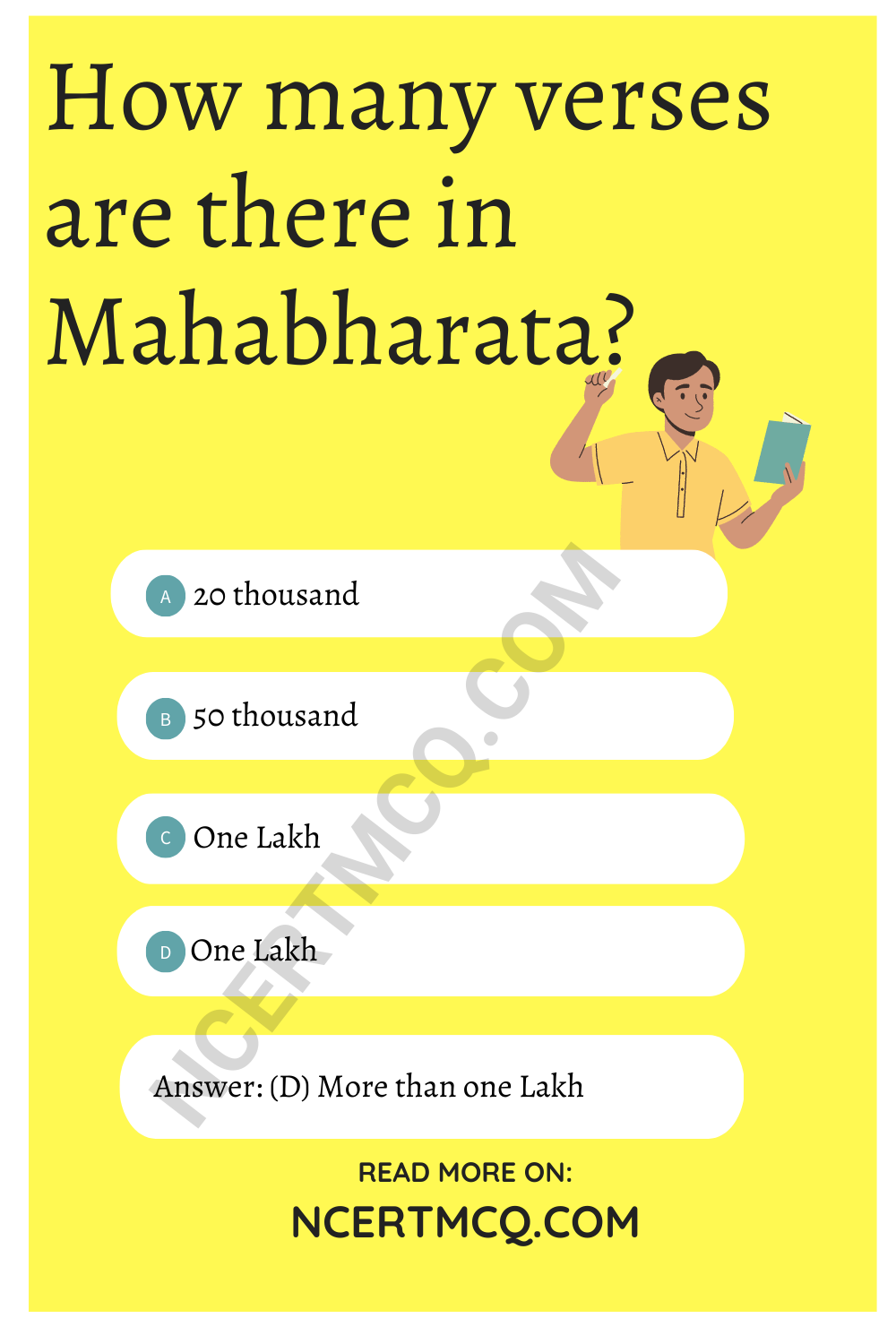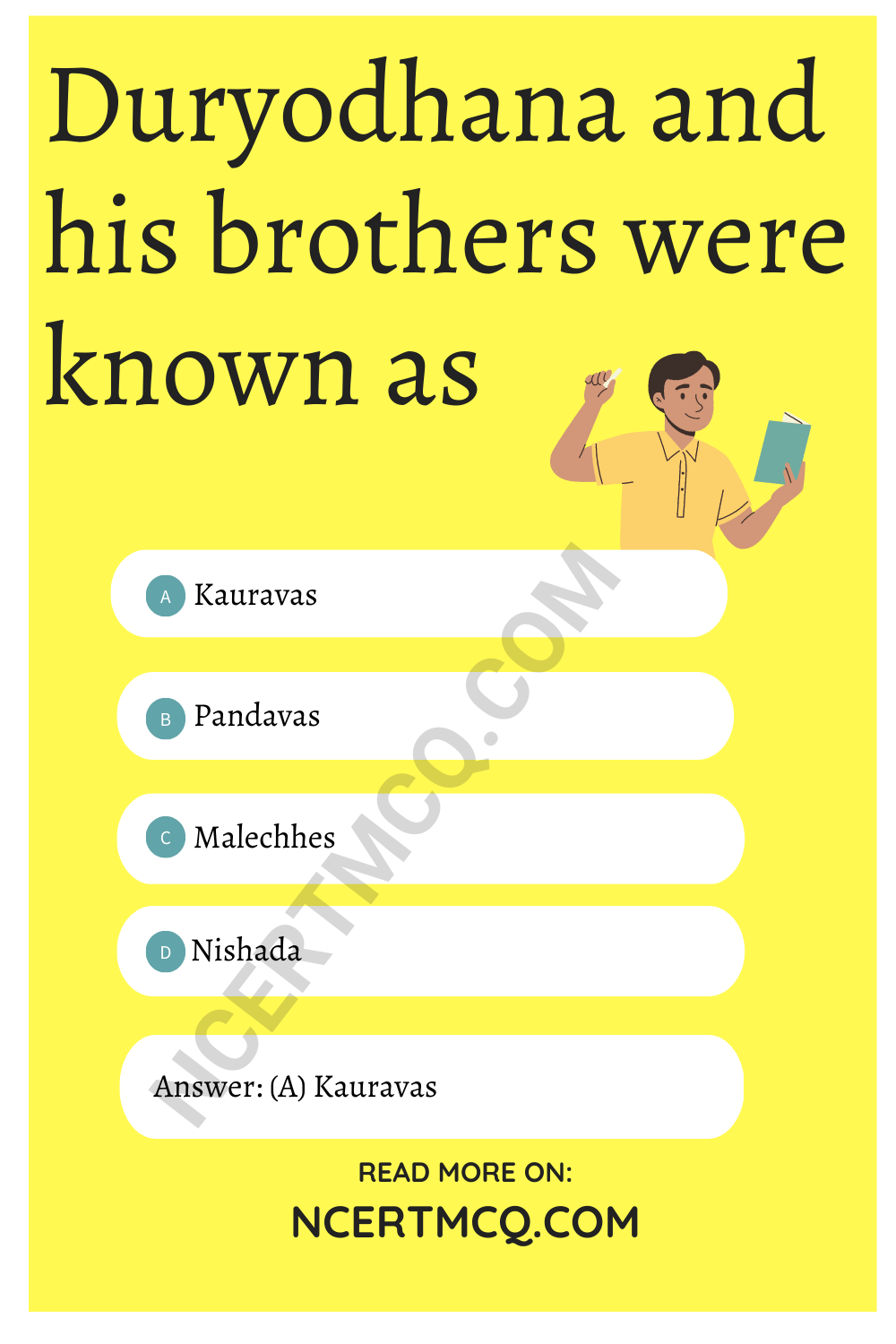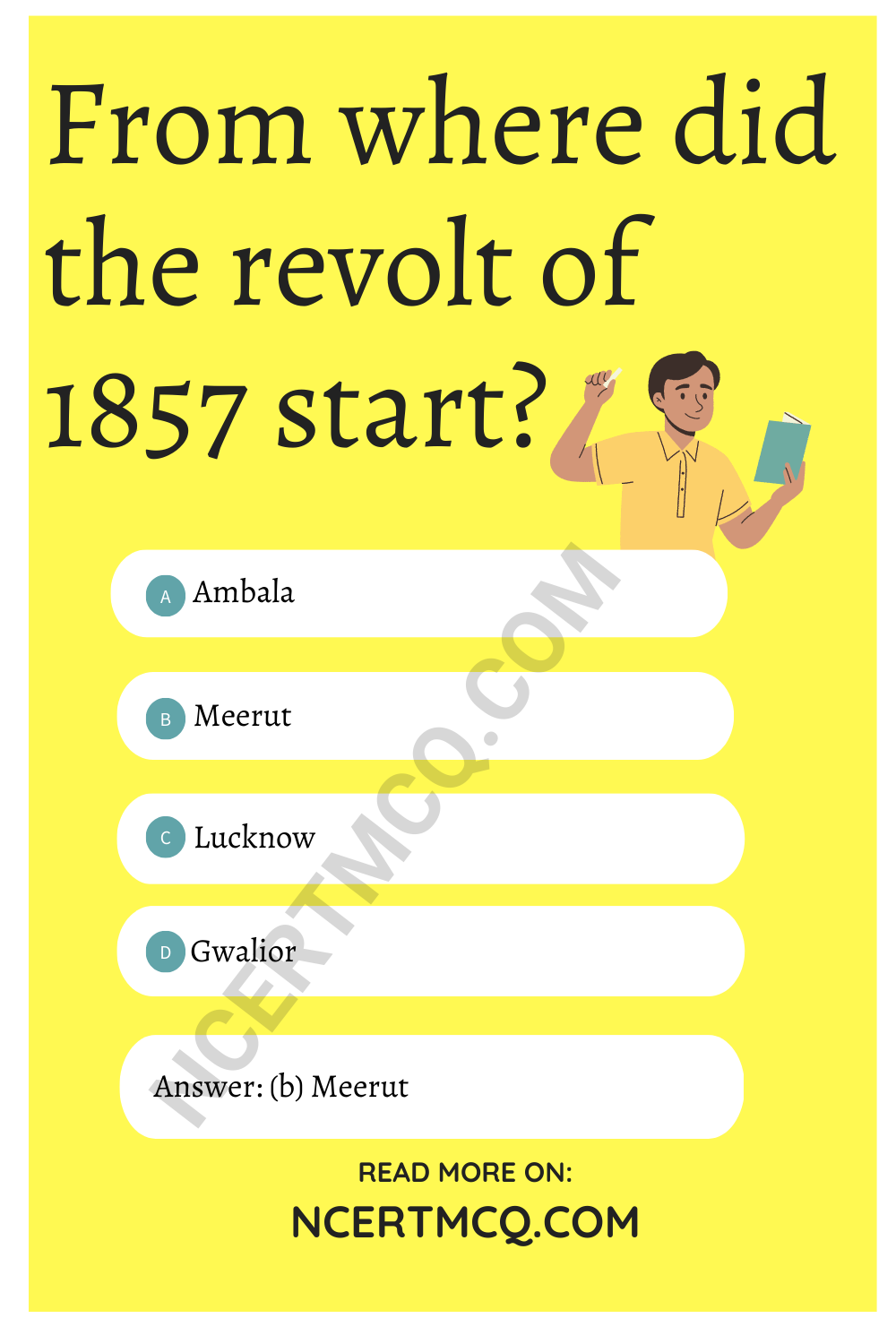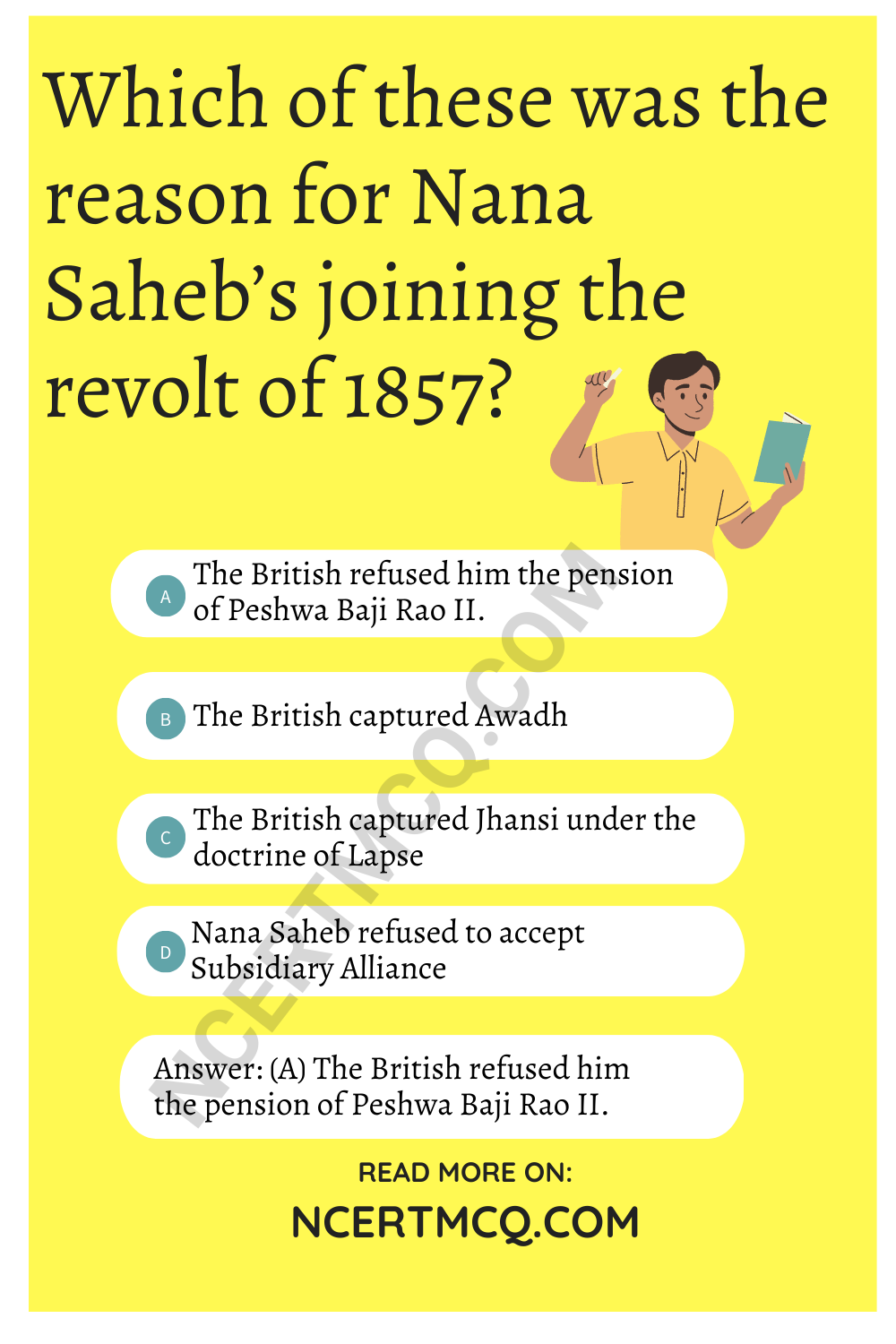Check the below NCERT MCQ Questions for Class 12 History Chapter 8 Peasants, Zamindars and the State: Agrarian Society and the Mughal Empire with Answers Pdf free download. MCQ Questions for Class 12 History with Answers were prepared based on the latest exam pattern. We have provided Peasants, Zamindars and the State Class 12 History MCQs Questions with Answers to help students understand the concept very well.
Class 12 History Chapter 8 Peasants, Zamindars and the State MCQ With Answers
History Class 12 Chapter 8 MCQs On Peasants, Zamindars and the State
Question 1.
Who wrote Ain-i-Akbari?
(a) Abul Fazal
(b) Al-Biruni
(c) Ibn Battuta
(d) Abdur Razzaq
Answer
Answer: (a) Abul Fazl
Question 2.
_______ was the court historian of Akbar.
(a) Al-Biruni
(b) Abul Fazl
(c) Bernier
(d) Ibn-Battuta
Answer
Answer: (b) Abul Fazl
Question 3.
______ was an important Jins-i-Kamil of Central India.
(a) Cotton
(b) Sugarcane
(c) Oil Seeds
(d) All of these
Answer
Answer: (d) All of these
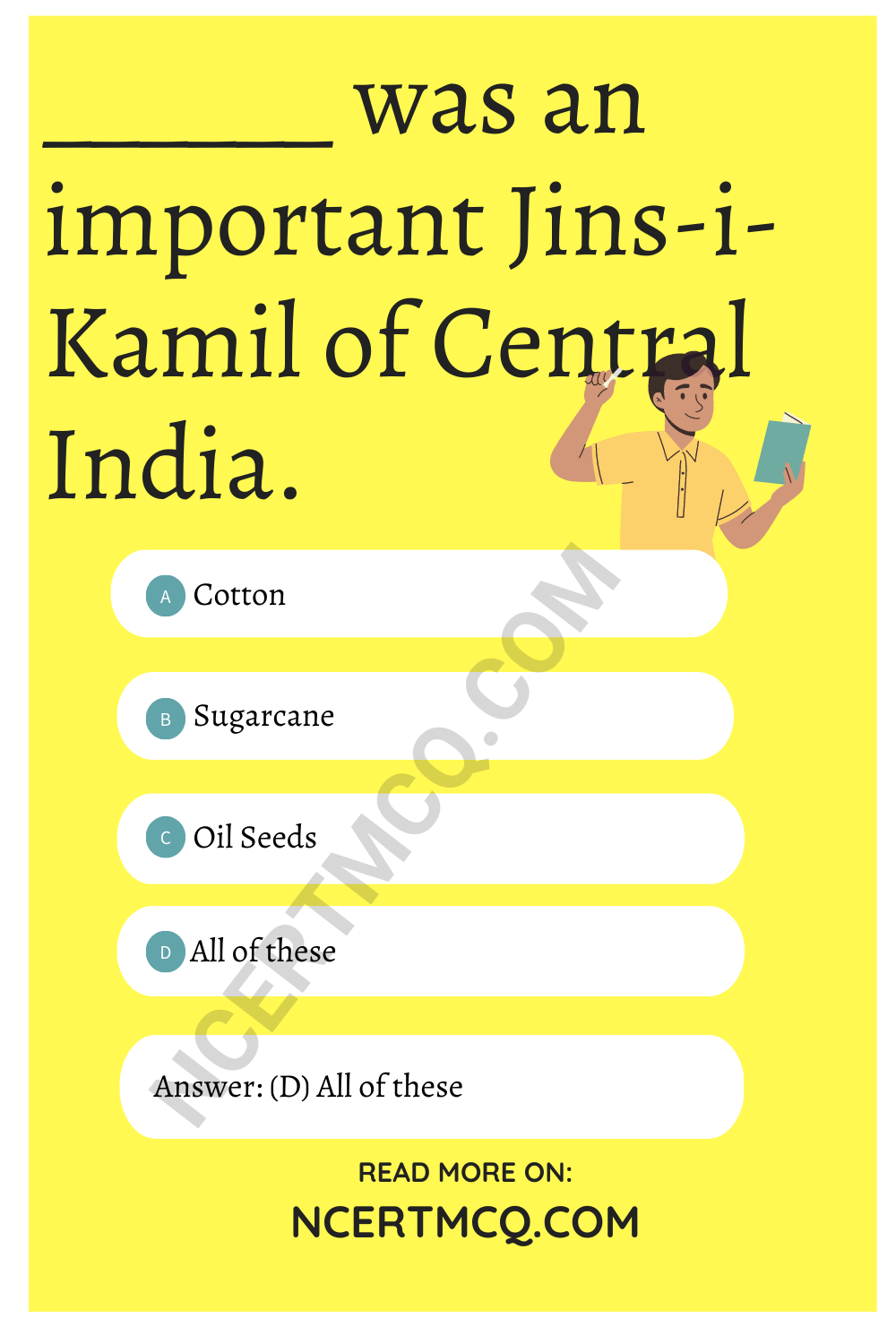
Question 4.
Ahom kings belonged to _______
(a) Madhya Pradesh
(b) Andhra Pradesh
(c) Orissa
(d) Assam
Answer
Answer: (d) Assam
Question 5.
There are _______ daftars (parts) of Ain.
(a) Three
(b) Four
(c) Five
(d) Six
Answer
Answer: (c) Five
Question 6.
_____ coins were more prevalent during the Mughal Empire.
(a) Gold
(b) Copper
(c) Tin
(d) Silver
Answer
Answer: (d) Silver
Question 7.
Ottoman empire belonged to __________
(a) China
(b) Iran
(c) Turkey
(d) Iraq
Answer
Answer: (c) Turkey
Question 8.
Identify which of the metal was used more often to make coins during the Mughal Empire?
(a) Gold
(b) Silver
(c) Tin
(d) Copper
Answer
Answer: (b) Silver
Question 9.
During the Mughal Empire, what was Jins-i-Kamil?
(a) Half crop
(b) Perfect crop
(c) Rabi crop
(d) Kharif crop
Answer
Answer: (b) Perfect crop
Question 10.
During the Mughal Empire, how did the Panchayats use the funds available to it?
(a) It was used to entertain revenue officials.
(b) It was used to pay salary to muqaddam and chowkidar.
(c) It was used to meet expenses for the community welfare.
(d) All of these.
Answer
Answer: (d) All of these
Question 11.
Identify which of the following statement is correct about Ain-i-Akbari?
(a) Manzil-Abadi is related to the royal household.
(b) Sipah-Abadi is related to civil and military administration.
(c) Mulk-Abadi gives information about the fiscal aspect of the state.
(d) All of these.
Answer
Answer: (d) All of these
Question 12.
Identify which of the following was not correct in the context of the Mughal Empire.
(a) States help was available for irrigation.
(b) Jins-i-Kamil was a Rabi Crop.
(c) Many new crops reached India such as maize, potato, etc.
(d) There were two types of peasants-khud- Kashta and Pahi-Kashta.
Answer
Answer: (b) Jins-i-Kamil was a Rabi Crop.
Question 13.
With which of the following methods, Zamindari consolidation was done in the Mughal period?
(a) Colonisation of new lands
(b) By transfer of rights
(c) With the order of the State
(d) All of these
Answer
Answer: (d) All of these
Question 14.
Which of these was a major reason for the higher status of Zamindars in the Mughal empire?
(a) They had a very high income.
(b) They had extensive personal land.
(c) Most of the time, they belonged to upper castes.
(d) All of these.
Answer
Answer: (d) All of these
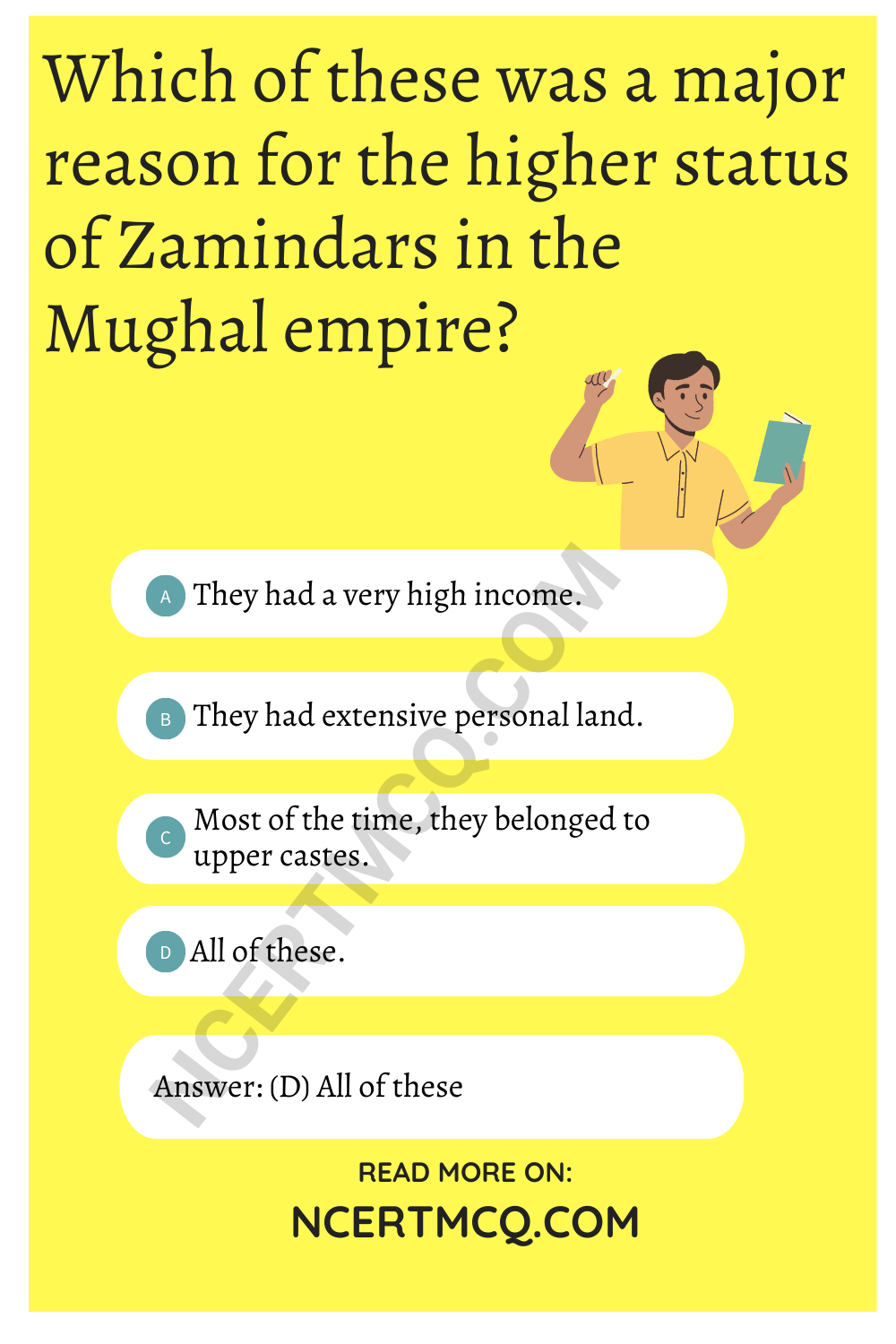
We hope the given NCERT MCQ Questions for Class 12 History Chapter 8 Peasants, Zamindars and the State: Agrarian Society and the Mughal Empire with Answers Pdf free download will help you. If you have any queries regarding CBSE Class 12 History Peasants, Zamindars and the State MCQs Multiple Choice Questions with Answers, drop a comment below and we will get back to you soon.
Class 12 History with Answers MCQ:
- Bricks, Beads and Bones Class 12 MCQ
- Kings, Farmers and Towns Class 12 MCQ
- Kinship, Caste and Class Class 12 MCQ
- Thinkers, Beliefs and Buildings Class 12 MCQ
- Through the Eyes of Travellers Class 12 MCQ
- Bhakti-Sufi Traditions Class 12 MCQ
- An Imperial Capital Vijayanagara Class 12 MCQ
- Peasants, Zamindars and the State Class 12 MCQ
- Kings and Chronicles Class 12 MCQ
- Colonialism and the Countryside Class 12 MCQ
- Rebels and the Raj Class 12 MCQ
- Colonial Cities Class 12 MCQ
- Mahatma Gandhi and the Nationalist Movement Class 12 MCQ
- Understanding Partition Class 12 MCQ
- Framing the Constitution Class 12 MCQ
